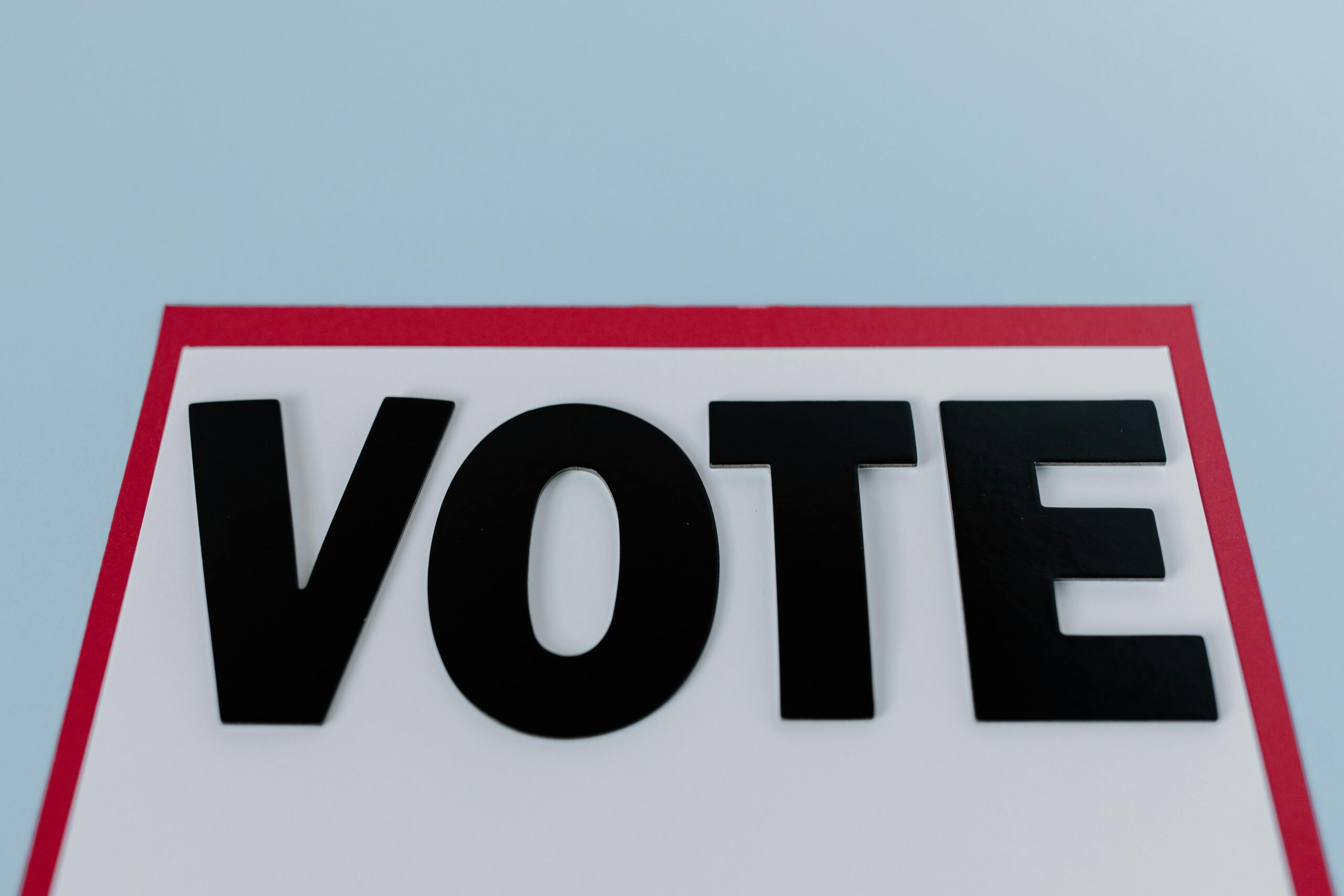Policy analysis is a systematic approach applied toward the evaluation and development of public policy. It covers reviewing the design, implementation process, and results of the policies with a view to providing evidence-based insight to the decision-making process for creating effective and efficient solutions to social problems. This way, it takes care that public resources are widely used and policies achieve the desired objectives.
Leslie Pal defines policy analysis as the disciplined application of intellect to public problems.
Pal writes:
“This definition is similar to Dunn’s: ‘policy analysis is a process of multidisciplinary inquiry designed to create, critically assess, and communicate information that is useful in understanding and improving policies’ (Dunn, 2008, p. 1).”
Pal elaborates, noting that policy analysis is a cognitive activity—a thinking game, if you will—focusing on public policy outputs in terms of their problem definition, goals, and instruments.
The Five Parts of Policy Analysis
A thorough policy analysis typically comprises five essential parts:
⦁ Problem Definition
Clearly identifying and articulating the policy issue that needs to be addressed. This involves understanding the scope, causes, and implications of the problem.
⦁ Policy Alternatives
Generating and describing a range of possible solutions to the problem. Each alternative should be feasible and capable of addressing the identified issue.
⦁ Evaluation Criteria
Establishing criteria to assess the effectiveness, efficiency, equity, and feasibility of each policy alternative. Common criteria include cost, benefits, social impact, and political feasibility.
⦁ Policy Recommendation
Based on the evaluation of alternatives, providing a well-supported recommendation for the best course of action. This recommendation should align with the evaluation criteria and offer the most effective solution to the problem.
⦁ Implementation Strategy
Outlining a detailed plan for how the recommended policy will be put into practice. This includes identifying necessary resources, timelines, and key stakeholders involved in the implementation process.
What are the Methods of Policy Analysis?
These Key methods include:
⦁ Cost-Benefit Analysis (CBA)
This method involves comparing the costs and benefits of different policy alternatives to determine which option provides the greatest net benefit to society.
⦁ Cost-Effectiveness Analysis (CEA)
Similar to CBA, but focuses on comparing the relative costs and outcomes of different interventions to identify the most cost-effective solution.
⦁ Qualitative Analysis
This approach involves using qualitative data, such as interviews, case studies, and expert opinions, to understand the potential impacts and feasibility of policy options.
⦁ Quantitative Analysis
Employing statistical and mathematical models to analyze data and predict the outcomes of different policy scenarios.
⦁ Risk Analysis
Assessing the potential risks and uncertainties associated with policy options to inform decision-making under conditions of uncertainty.
⦁ Stakeholder Analysis
Identifying and evaluating the interests and influence of various stakeholders affected by the policy to ensure that their perspectives are considered.
In summary, policy analysis is a crucial tool for developing and evaluating public policies. By employing various methods, such as cost-benefit analysis, qualitative and quantitative analysis, and stakeholder analysis, researchers can provide comprehensive insights into policy options. The five parts of policy analysis—problem definition, policy alternatives, evaluation criteria, policy recommendation, and implementation strategy—form a structured approach to ensuring that policies are effective, efficient, and equitable. Through meticulous analysis and evidence-based recommendations, policy analysis helps create sustainable solutions to complex societal challenges.
References
Pal, L. (2014). Beyond Policy Analysis: Public Issue Management in Turbulent Times (5th ed.). Nelson Education.






One Response
Thanks for posting. I really enjoyed reading it, especially because it addressed my problem. http://www.kayswell.com It helped me a lot and I hope it will help others too.